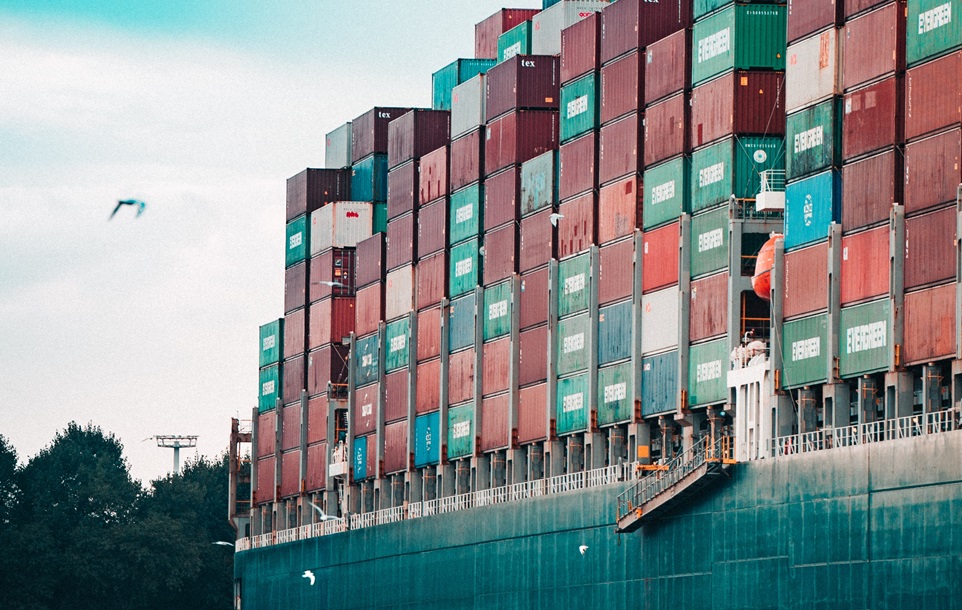
Understanding the Supply Chain challenges and strategic solutions
Supply chain complexity is one of the biggest challenges that our clients and partners are facing today. At Santander CIB, one of our key priorities is meeting this challenge with powerful and innovative solutions. In this blog we explore key issues and how Santander is supporting our clients to not just manage the current scenario but thrive in it.
Difficulties in the supply chain is something that has been on the horizon for some time, even before the pandemic. Globalization of supply has led to significant offshoring by many globally trading companies, which requires a lean supply chain built on logistics that reduce overall costs - a model known as ‘just-in-time’ which focuses on producing exactly the amount you need at exactly the time your customers need it. Until recently this worked well because demand was easy to anticipate however, frictions in this system were already evident by the end of 2019.
The arrival of the pandemic accelerated and amplified these structural issues and underlying imbalances, which coupled with political tensions and rising energy prices globally delivered a perfect storm scenario. We’ve seen a complete change in trade flows as companies seek to diversify production and supply and the emergence of speed as the new paradigm, where traditional supply chain models cannot keep up with demand. The situation has been further exacerbated in 2022 with rising tensions between Ukraine and Russia, which has led to significant economic sanctions against Russia and knock-on effects for much of the world supply chain, most notably spiking oil and gas prices.
Congestion in supply chains will persist due to volatility but in an environment of rising transportation, energy and inventory costs. Likewise, ESG pressure from governments and consumers alike will continue to affect flows and transportation choices, with decarbonization creating new financial and commodity trades, putting greater pressure on the maritime transportation industry.
As a result, our post-pandemic ‘new normal’ is potentially highly volatile, and the need to be prepared for this paramount. Developing tools to manage trade operations with greater flexibility and at the lowest possible cost, will allow companies to adjust and absorb shocks, but support from banking institutions will be play a vital role especially in the context of energy transition.
At Santander CIB, we have been hard at work supporting our clients through these challenges and finding innovative solutions to help them.
Securing supply has been perhaps the most common problem we are helping our clients manage. From a financing perspective, Santander can offer support and flexibility of capital to manage this. The most effective solutions have been those that position the client as a better counterparty than the competition - for example financing advance payments or larger orders to accumulate stock and grow their inventories to manage the new supply chain dynamics and embedded with the commercial contracts to prevent any impact on the companies leverage.
Inventory solutions have been another important element, and here we are finding that the focus is very much on re-orienting sources of supply, and location of inventories and especially on finding efficient solutions when building stock buffers. In that respect We have been developing solutions to help our client unlock cash tied up as inventory and thereby helping the transition from the “just in time” to the “just in case model”.
According to Mencia Bobo, global head of Trade & Working Capital Solutions at Santander CIB, “Supply chain management is now a common challenge for all our clients. But how they are impacted, and the solution they require are unique to them. Our T&WCs team at Santander CIB are experts in their field and are able to combine macro understanding with a detailed knowledge of local markets specific to our clients to build bespoke solutions and packages to meet these challenges.”